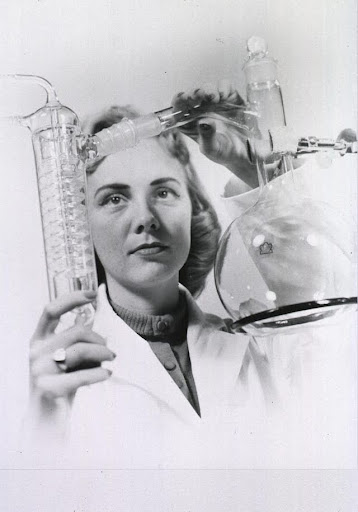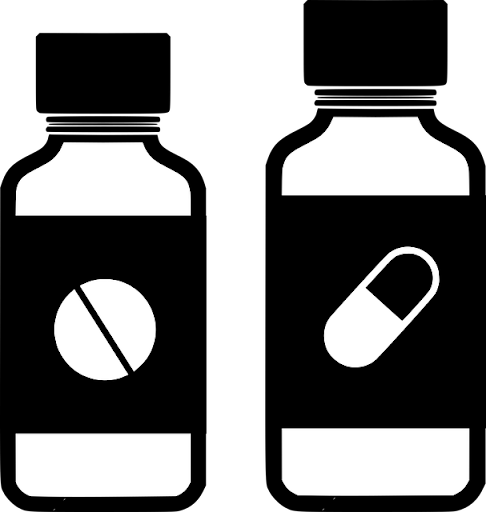 As women, we tend to use antiperspirant and deodorant daily. But how much do you know about the chemicals you’re applying to your body to stop sweat and body odor? Today, women’s health expert Marla Ahlgrimm offers some insights into this everyday action.
As women, we tend to use antiperspirant and deodorant daily. But how much do you know about the chemicals you’re applying to your body to stop sweat and body odor? Today, women’s health expert Marla Ahlgrimm offers some insights into this everyday action.
Antiperspirant vs. Deodorant
First and foremost, it’s important to understand the difference between deodorant and antiperspirant, says Marla Ahlgrimm. Deodorant primarily masks body odor, while antiperspirant reduces sweat production. Deodorant typically contains antibacterial agents and fragrances, while the main ingredient in most antiperspirants is aluminum salt.
Aluminum in Antiperspirants
According to Marla Ahlgrimm, most deodorant and antiperspirant products are safe for women of childbearing age and older. However, some things women should be aware of and discuss with their doctor if concerned. The most specific concern is the aluminum in antiperspirants. While no definitive research links aluminum to breast cancer, some women with a history of the disease may be concerned about absorbing aluminum salts.
Marla Ahlgrimm further explains that aluminum may also cause skin irritation in those with sensitive skin.
Natural Alternatives
Many women understandably want to reduce sweat and odor without resorting to chemicals like aluminum. Thankfully, Marla Ahlgrimm says there are many alternatives for those seeking a more natural approach:
- Baking Soda: Long used as a natural deodorizer, baking soda can help reduce sweat when applied directly to the armpits, according to Marla Ahlgrimm. Similarly, cornstarch can be used alone or mixed with baking soda. Cornstarch is also useful between the thighs to prevent chafing during warm weather.
- Apple Cider Vinegar: While known for weight loss claims, apple cider vinegar is also a powerful antimicrobial agent that can reduce odor-causing bacteria. However, Marla Ahlgrimm cautions that it may irritate sensitive skin.
- Witch Hazel: Often used on the face to tighten pores and reduce oil, witch hazel can be similarly used under the arms or other skin folds to tighten pores and potentially lower sweat output.
- Mandelic Acid: Made from bitter almonds, mandelic acid is a popular addition to many women’s skincare regimen. But it also has the odor-fighting powers of being a natural antibacterial agent.
Choosing the Right Product
 Marla Ahlgrimm emphasizes that women have control over their bodies, including sweat and odor management. Product choice is personal. She advocates for using the gentlest solutions possible, but acknowledges that some natural products may not be as effective as aluminum-based antiperspirants. Marla Ahlgrimm encourages women to choose what works best for them and their situation.
Marla Ahlgrimm emphasizes that women have control over their bodies, including sweat and odor management. Product choice is personal. She advocates for using the gentlest solutions possible, but acknowledges that some natural products may not be as effective as aluminum-based antiperspirants. Marla Ahlgrimm encourages women to choose what works best for them and their situation.
A Final Note
Sweating and body odor are completely natural, reminds Marla Ahlgrimm. While excessive sweating might be embarrassing, it often has nothing to do with room temperature. She hopes women won’t let a little moisture hinder their accomplishments.









 We’ve all been guilty of scrolling on our phones until well past bedtime, says
We’ve all been guilty of scrolling on our phones until well past bedtime, says  The key to enjoying social media without succumbing to its dark side is to find balance. Marla Ahlgrimm says there are many ways that this can be achieved, including setting time limits, curating your newsfeed to only include uplifting sites/posters, and prioritizing real connections.
The key to enjoying social media without succumbing to its dark side is to find balance. Marla Ahlgrimm says there are many ways that this can be achieved, including setting time limits, curating your newsfeed to only include uplifting sites/posters, and prioritizing real connections.
 According to Marla Ahlgrimm, winter is a beautiful season full of joy. However, it can also usher in hormone fluctuations that bring more woe than wonder. Thankfully, the season doesn’t last forever, and the summer sun will soon be shining.
According to Marla Ahlgrimm, winter is a beautiful season full of joy. However, it can also usher in hormone fluctuations that bring more woe than wonder. Thankfully, the season doesn’t last forever, and the summer sun will soon be shining.


 When you or your child have a headache or injury, you likely reach for acetaminophen (Tylenol) or ibuprofen (Advil), says
When you or your child have a headache or injury, you likely reach for acetaminophen (Tylenol) or ibuprofen (Advil), says 





 Marla Ahlgrimm has co-authored two ground-breaking books,
Marla Ahlgrimm has co-authored two ground-breaking books,